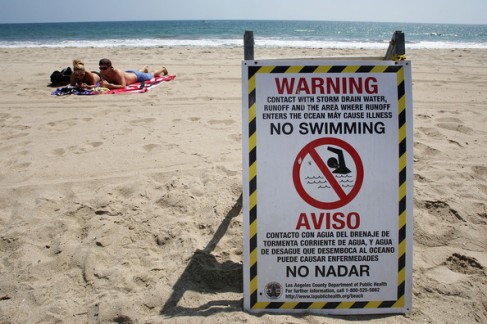Summertime is here, and the beach is the number one destination for many vacations. Sadly, many of the beaches in the United States are polluted by storm water runoff and sewage. Moreover, a study by the National Resources Defense Council indicates that 15 of the beaches cited in 2012 have had “water samples violating public health standards more than 25% of the time” every year from 2007 to 2011. Over the past few years, the United States has been plagued by severe storms that create storm water runoff; however, the problem with pollution at more than 3000 beaches in this country has been defined by animal and human waste. It is so important that we put in place and observe green initiatives to protect our beaches so that vacations on the water can remain carefree. Green beaches translate to green economy for so many areas of this country that are dependent on the dollars earned from tourists and vacationers.
The goal to clean up beaches is not an impossible one as evidenced by the state of beaches in Great Britain, where quality of bathing waters has improved significantly over the past 20 years. This was accomplished largely by upgrading sewage overflow infrastructures, thereby reducing the amount of sewage overflow to surrounding waters. The increase in populations alone all over the country mandate the upgrades of water flow systems to meet the added use demands. Consistent and frequent monitoring of water quality through sampling is of utmost importance. Relaying the results of water quality samples serves to engage the green public to take action to support these environmental green initiatives.
Green beaches are important to our world because they protect sea life— plants and fish. They are a source of relaxation and fun for all citizens, and they are vital to the economies of so many communities.
Let’s green up our beaches to live green, be green!
Source: David McNew/Getty Images North America)

